Related Research Articles

Andrew Colin Renfrew, Baron Renfrew of Kaimsthorn, is a British archaeologist, paleolinguist and Conservative peer noted for his work on radiocarbon dating, the prehistory of languages, archaeogenetics, neuroarchaeology, and the prevention of looting at archaeological sites.
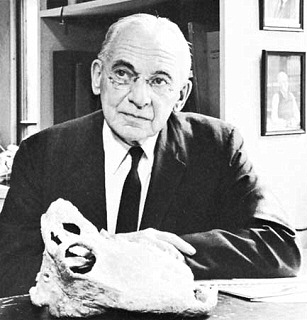
Alfred Sherwood Romer was an American paleontologist and biologist and a specialist in vertebrate evolution.
The Hongshan culture was a Neolithic culture in the West Liao river basin in northeast China. Hongshan sites have been found in an area stretching from Inner Mongolia to Liaoning, and dated from about 4700 to 2900 BC.
Robert Duncan Luce was an American mathematician and social scientist, and one of the most preeminent figures in the field of mathematical psychology. At the end of his life, he held the position of Distinguished Research Professor of Cognitive Science at the University of California, Irvine.

James L. McGaugh is an American neurobiologist and author working in the field of learning and memory. He is a Distinguished Professor Emeritus in the Department of Neurobiology and Behavior at the University of California, Irvine and a fellow and founding director of the Center for the Neurobiology of Learning and Memory.
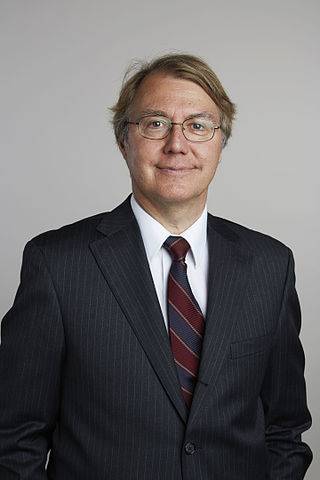
Andrew Herbert Knoll is the Fisher Research Professor of Natural History and a Research Professor of Earth and Planetary Sciences at Harvard University. Born in West Reading, Pennsylvania, in 1951, Andrew Knoll graduated from Lehigh University with a Bachelor of Arts in 1973 and received his Ph.D. from Harvard University in 1977 for a dissertation titled "Studies in Archean and Early Proterozoic Paleontology." Knoll taught at Oberlin College for five years before returning to Harvard as a professor in 1982. At Harvard, he serves in the departments of Organismic and Evolutionary Biology and Earth and Planetary Sciences.
Robert W. Kates was an American geographer and independent scholar in Trenton, Maine, and University Professor (Emeritus) at Brown University.

Guido Barbujani is an Italian population geneticist, evolutionary biologist and literary author born in Adria, who has worked with the State University of New York at Stony Brook (NY), University of Padua, and University of Bologna. He has taught at the University of Ferrara since 1996.
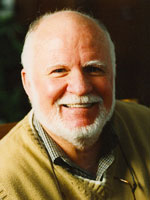
Billie Lee Turner II is an American geographer and human-environmental scientist, member of the National Academy of Sciences and other honorary institutions. Prominent among the third generation of the Berkeley School of Latin Americanist Geography and cultural ecological research, he has been a leader in bridging this work with the Chicago School of natural hazards and risk research. In August 2008, he took a position as the first Gilbert F. White Chair in Environment and Society at Arizona State University, where he is affiliated with the School of Geographical Sciences and Urban Planning and the School of Sustainability. In November 2015, he was named a Regent’s Professor, the highest faculty honor that can be bestowed by Arizona State University.
Sir Paul Anthony Mellars was a British archaeologist and professor of prehistory and human evolution at the University of Cambridge.
James Roger Prior Angel is a British-American astrophysicist known for telescope design and the development of spin casting, a technique used to produce mirrors for several of the largest optical telescopes in the world. He is a Regents' Professor of Astronomy and Optical Sciences at the University of Arizona.
Edward I. Solomon is the Monroe E. Spaght Professor of Chemistry at Stanford University. He is an elected member of the United States National Academy of Sciences, a Fellow of the American Association for the Advancement of Science, and a Fellow of the American Academy of Arts and Sciences. He has been profiled in the Proceedings of the National Academy of Sciences. He has also been a longtime collaborator with many scientists, including Professor Kenneth D. Karlin at Johns Hopkins University.
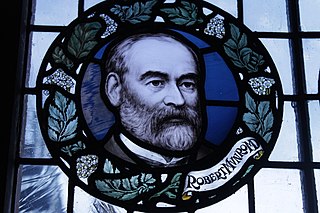
Robert Munro FRSE FSA LLD was a Scottish physician and noted amateur archaeologist.
Nicholas Robert Cozzarelli was an American biochemist at the University of California, Berkeley, and former editor-in-chief of Proceedings of the National Academy of Sciences.

Martha Ludwig was an American macromolecular crystallographer. She was the J. Lawrence Oncley Distinguished University Professor of Biological Chemistry at the University of Michigan.
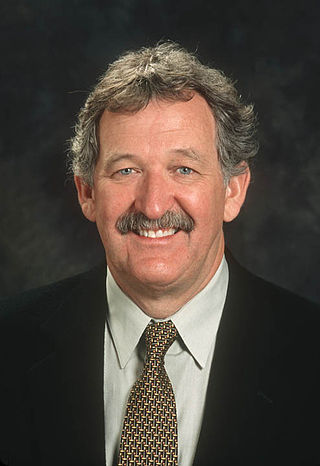
Bruce D. Smith is an American archaeologist and curator at the Smithsonian Institution's National Museum of Natural History who primarily focuses on the interaction of humans with their environment, especially the origins of agriculture in eastern North America agricultural complex.
Marvin H. Caruthers is an American biochemist who is a distinguished professor at the University of Colorado Boulder.

Frank Hole is an American Near Eastern archaeologist known for his work on the prehistory of Iran, the origins of food production, and the archaeology of pastoral nomadism. He is C. J. MacCurdy Professor Emeritus of Anthropology at Yale University.
Catherine (Cathy) Drennan is an American biochemist and crystallographer. She is the John and Dorothy Wilson Professor of Biochemistry professor at the Massachusetts Institute of Technology and a professor at the Howard Hughes Medical Institute.
Robert Michael Stroud is a British biophysicist. He was elected to the National Academy of Sciences in 2003.
References
- ↑ 2006 Patterned Variation in Prehistoric Chiefdoms. Proceedings of the National Academy of Sciences 103:3960–3967. (by Robert D. Drennan and Christian E. Peterson)
- ↑ Zagorski, N. (2006). "Profile of Robert D. Drennan". Proceedings of the National Academy of Sciences. 103 (11): 3957–3959. Bibcode:2006PNAS..103.3957Z. doi: 10.1073/pnas.0601263103 . PMC 1449627 . PMID 16537468.